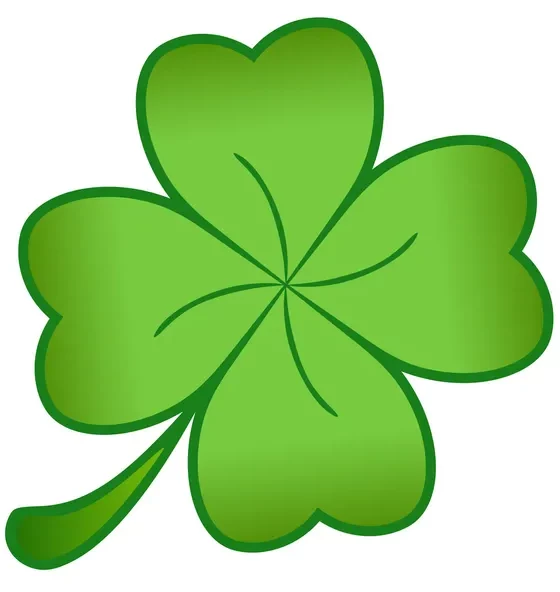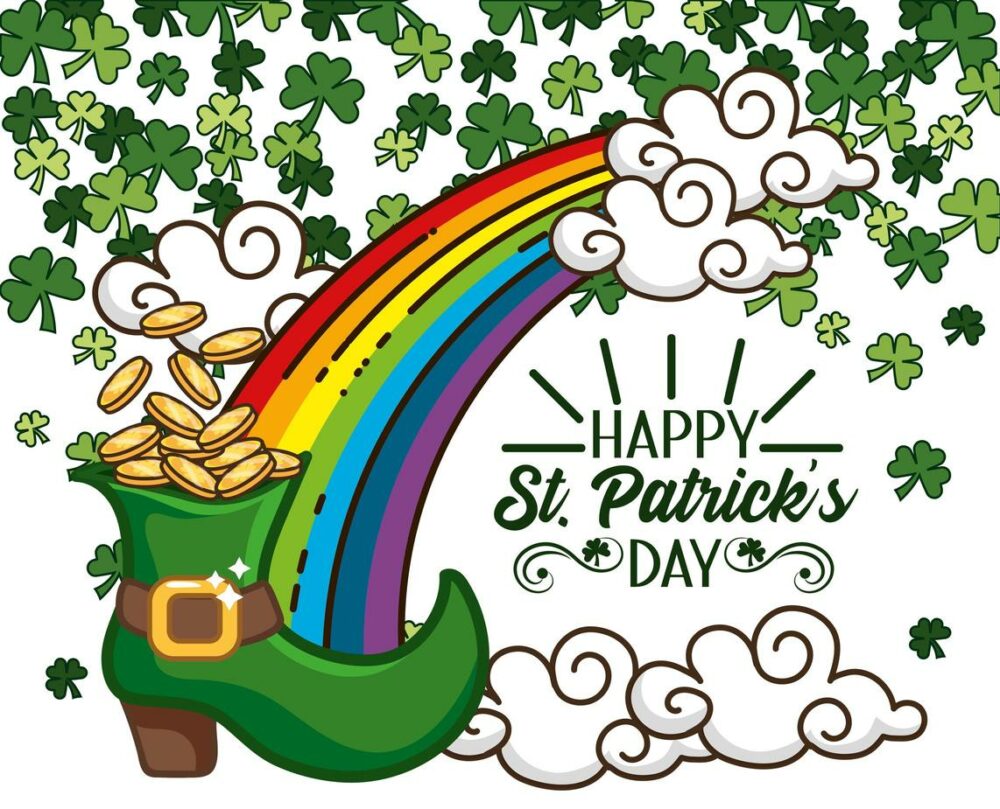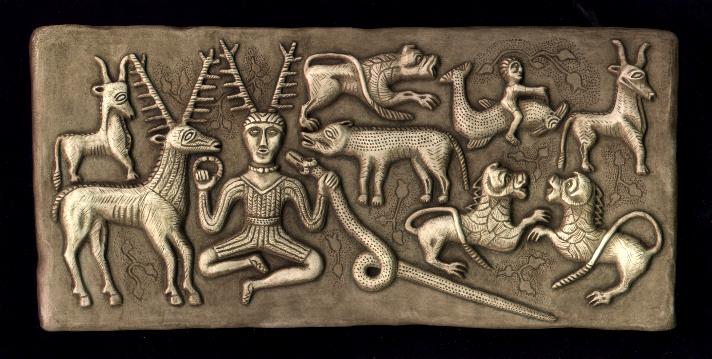Introduction: Celtic traditions
Embark on a captivating journey as we delve into the intricate tapestry of Celtic traditions, a cultural legacy that spans centuries and weaves a story of rich mythology, vibrant festivals, and diverse customs. The Celtic people, with their deep connection to nature and spirituality, have left an indelible mark on the cultural landscape. Join us as we explore the multifaceted aspects of Celtic traditions, unraveling the mysteries of their mythology, immersing ourselves in the joyous celebrations of festivals, and discovering the profound cultural practices that continue to shape the Celtic identity.
Section 1: Overview of Celtic Culture
To truly understand Celtic traditions, one must first grasp the foundations of Celtic culture. The Celts, an ancient Indo-European people, flourished across Western Europe, particularly in regions such as Ireland, Scotland, Wales, and Brittany. Their influence also extended into parts of Spain and central Europe. Known for their artistry, warrior ethos, and spiritual connection to the land, the Celts established a distinctive cultural identity.
The intricate knotwork, detailed metalwork, and mesmerizing designs seen in Celtic art reflect their craftsmanship. The Celts revered nature and believed in the interconnectedness of all living things. Their spiritual practices were deeply rooted in animism, attributing sacred qualities to natural elements. Understanding this cultural backdrop is crucial to appreciating the depth and symbolism embedded in Celtic traditions.
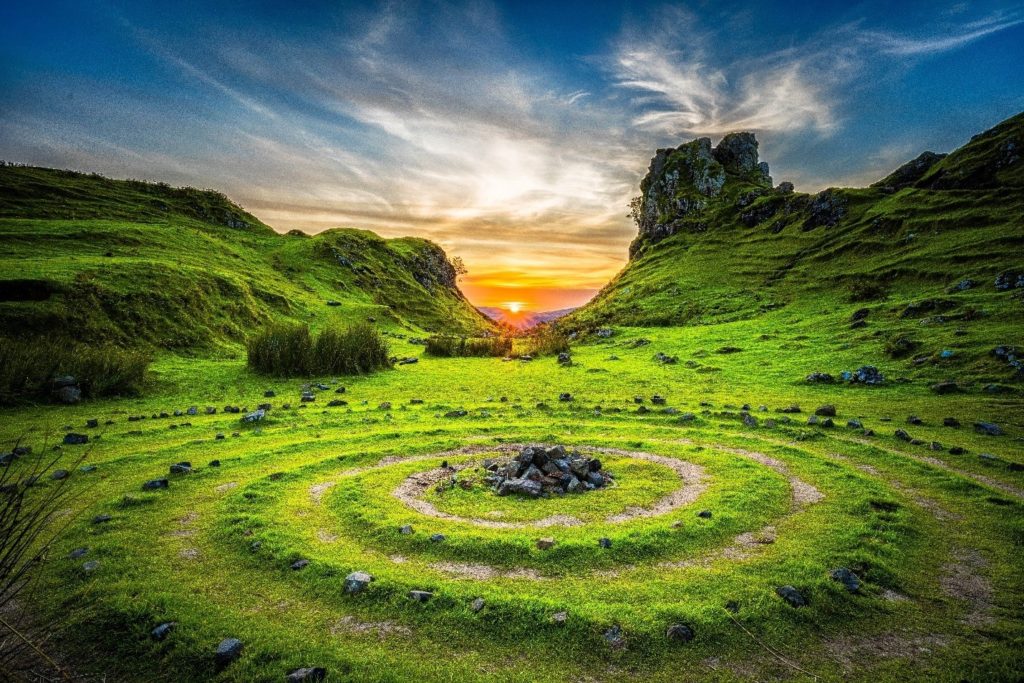
Section 2: Celtic Mythology and Beliefs
Central to Celtic traditions is a rich tapestry of mythology and spiritual beliefs that form the core of their cultural identity. The Celts had a pantheon of deities, each associated with different aspects of life, nature, and the cosmos. Among them, revered figures like Cernunnos, the horned god of the wild, and Brigid, the goddess of fertility and inspiration, played crucial roles in Celtic mythology.
Sacred sites, such as Stonehenge and Newgrange, were imbued with spiritual significance, serving as conduits between the earthly and divine realms. The Celts believed in the Otherworld, a realm parallel to ours but with magical and supernatural qualities. Exploring the rich narratives of Celtic mythology provides insights into their worldview and the profound impact these beliefs had on daily life.

Section 3: Celtic Festivals and Celebrations
Celtic traditions come alive in a kaleidoscope of festivals, each with its unique rituals, customs, and joyous celebrations. Among the most prominent is Samhain, marking the end of the harvest season and the beginning of winter. It is widely regarded as the precursor to modern Halloween. Beltane, celebrating the arrival of summer, involves lighting bonfires and engaging in lively festivities to honor the fertility of the land.
Imbolc, dedicated to the Celtic goddess Brigid, heralds the approach of spring, emphasizing purification and the awakening of life. These festivals reflect the cyclical nature of Celtic beliefs, weaving together themes of nature, agriculture, and spirituality. Exploring the traditions associated with Celtic festivals offers a glimpse into the vibrant tapestry of their cultural expression.
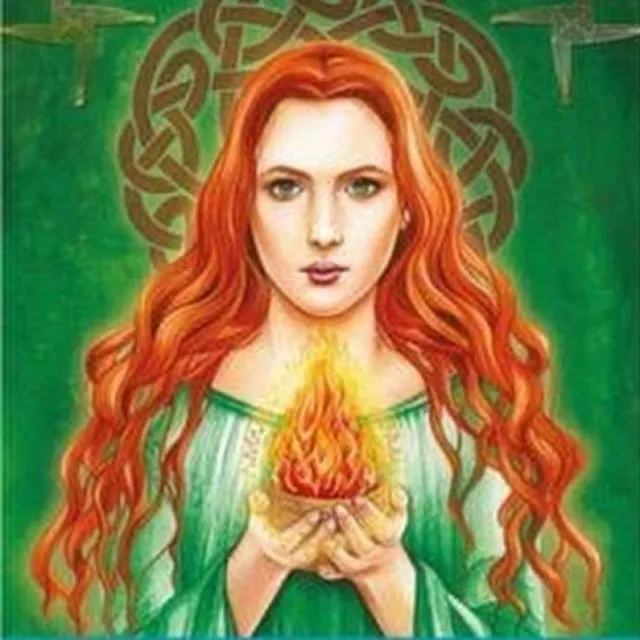
Section 4: Celtic Art and Symbols
The visual language of Celtic traditions is adorned with intricate art and timeless symbols, reflecting their deep connection to spirituality and culture. One of the most recognizable features is the Celtic knot, a symbol of eternity and interconnectedness. These mesmerizing knots, often found in illuminated manuscripts and stone carvings, showcase the Celts’ mastery of geometric patterns and symbolism.
Beyond knots, Celtic art incorporates zoomorphic designs, intertwining animals and mythical creatures into elaborate patterns. Animals like the boar, deer, and birds held symbolic significance, representing qualities such as courage, fertility, and spiritual guidance. Exploring the nuances of Celtic art and symbols unveils a visual feast that enhances our understanding of their cultural expressions.
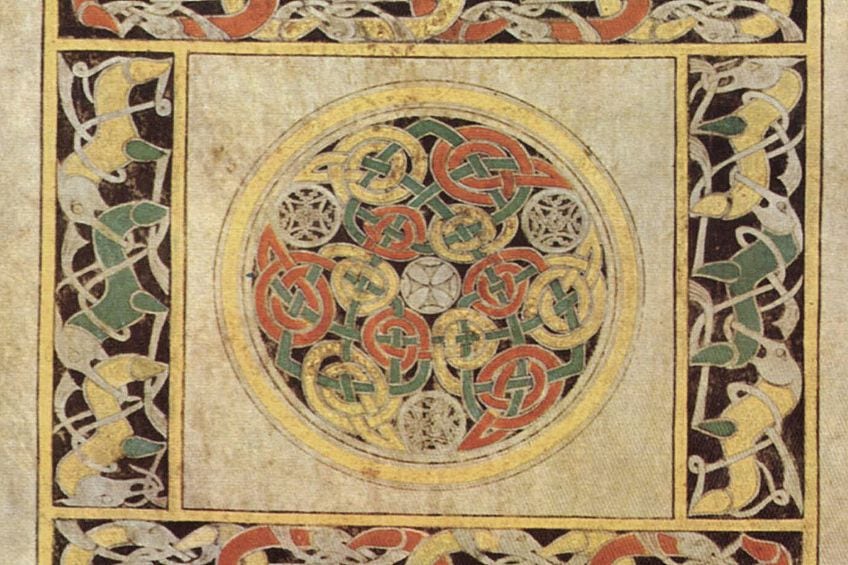
Section 5: Celtic Music and Dance
The soul-stirring melodies and lively rhythms of Celtic music echo through the ages, connecting generations to the heart of Celtic traditions. Traditional instruments such as the fiddle, bagpipes, harp, and bodhrán contribute to the unique soundscape. Celtic music often tells stories of mythology, love, and the beauty of the landscapes that inspired these timeless tunes.
Celtic dance, with its energetic footwork and intricate patterns, is another integral aspect of their cultural heritage. The lively reels and jigs showcase the Celts’ celebration of life and community. Engaging with Celtic music and dance offers a sensory experience that transports individuals to the heart of these vibrant traditions.
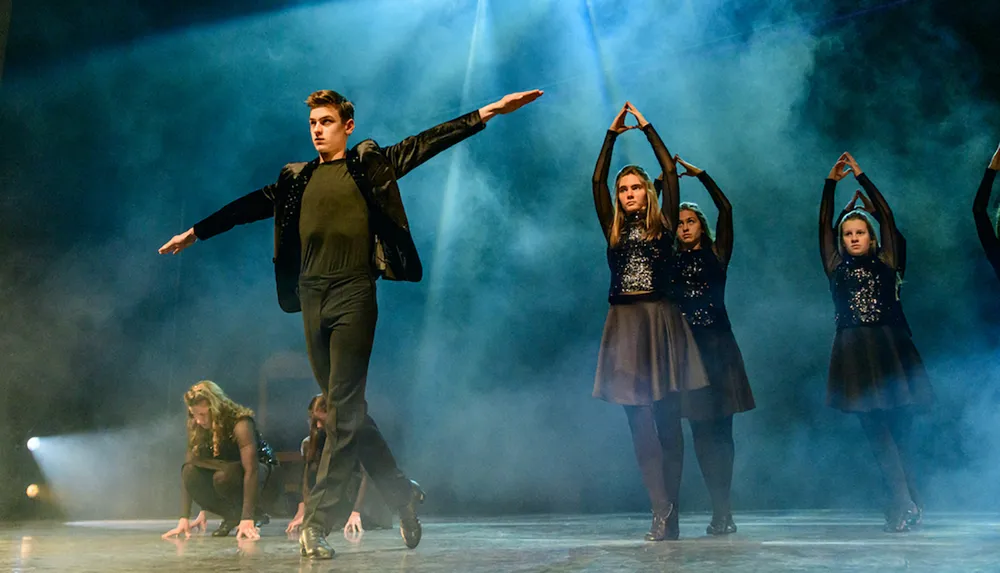
Section 6: Celtic Cuisine and Culinary Traditions
Journeying through Celtic traditions involves savoring the flavors of their culinary heritage. Celtic cuisine, deeply rooted in agriculture and local produce, boasts hearty and wholesome dishes. Traditional fare includes colcannon, a potato and cabbage dish, and Irish soda bread, a staple in Celtic households. Ingredients like oats, barley, and dairy feature prominently in their culinary repertoire.
Explore Celtic culinary traditions by incorporating these recipes into your own kitchen, embracing the essence of Celtic hospitality. Whether it’s preparing a simple dish or indulging in the complexity of traditional recipes, the culinary journey adds a delightful dimension to the exploration of Celtic traditions.
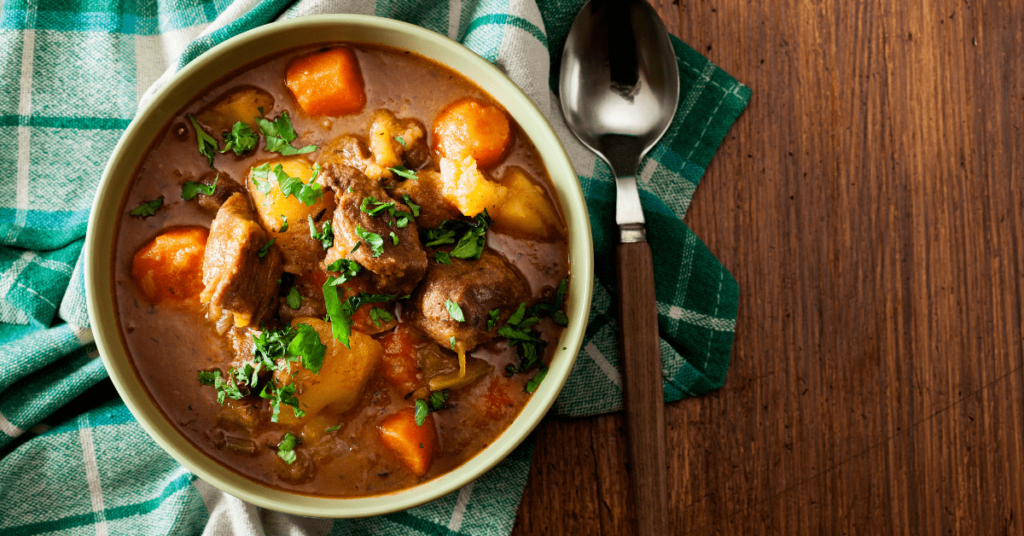
Section 7: Celtic Rituals and Traditions Today
While rooted in ancient history, Celtic traditions continue to thrive in the modern world, and many rituals are still observed today. From intimate family customs to larger community celebrations, the essence of Celtic heritage persists. Rituals such as handfasting, a traditional Celtic wedding ceremony, and the lighting of the Celtic fire on special occasions symbolize the continuation of these age-old practices.
In contemporary Celtic communities, there are organizations and events dedicated to preserving and sharing Celtic traditions. Festivals and gatherings provide opportunities for people to come together, celebrate their shared heritage, and pass down traditions to new generations. Exploring how Celtic rituals endure in the present day sheds light on the resilience and adaptability of these captivating cultural practices.
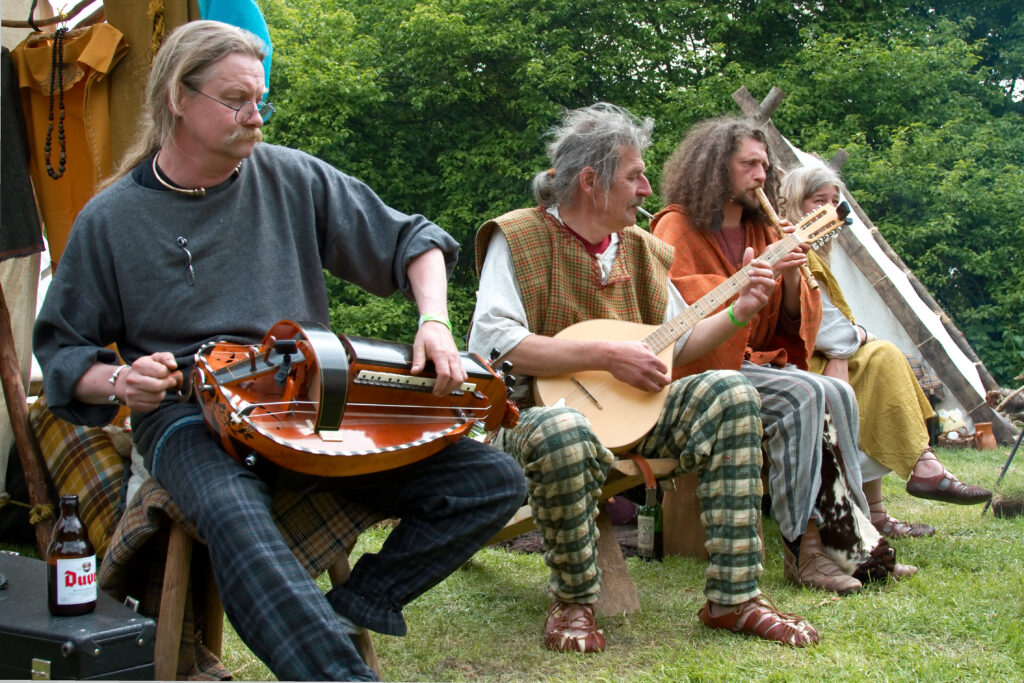
Section 8: Traveling Through Celtic Heritage
For those eager to immerse themselves in the living legacy of Celtic traditions, traveling to historical sites and cultural events becomes a profound experience. Visiting places like Newgrange in Ireland, the ancient stone circles of Scotland, or attending Celtic music festivals offers a firsthand connection to the heart of Celtic heritage. Traveling through these landscapes allows individuals to absorb the energy and spirit of the Celts, fostering a deeper appreciation for their traditions.
In addition to physical travel, virtual exploration can also play a role. Online resources, documentaries, and interactive experiences provide accessible avenues for learning about and engaging with Celtic traditions. Whether physically or virtually, the journey through Celtic heritage offers a transformative and enlightening experience.

As we conclude our journey through Celtic traditions, we’ve uncovered the multifaceted aspects that make this cultural heritage so captivating. From the intricacies of Celtic art and symbols to the lively festivities of Celtic music and dance, the depth of Celtic traditions is both rich and enduring. Whether you choose to explore these traditions through mythology, festivals, or cuisine, the journey promises a profound connection to the timeless spirit of the Celts. May this exploration inspire you to delve deeper into the enchanting world of Celtic traditions and carry the essence of this cultural heritage into the future. Sláinte!
